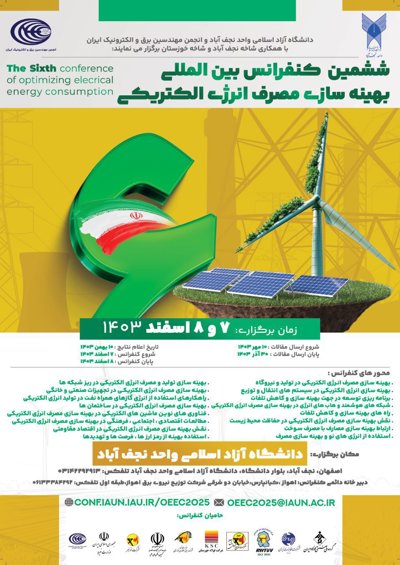0% Complete

نویسندگان :
کلمات کلیدی :
چکیده :
لیست مقالات بایگانی شده
Mehran Shafiei - Mohamad Shahgholi
Paniz MohsenNia - Saeed Kafshdouzzadeh - Ehsan Shahi - Amirreza Khanzadeh Khaneqah - Alireza Fereidunian
Ali Hosseinzadeh - Mohamadreza Hashemi - Mahsa Hamidi - Mehdi Oloomi Bayegi - Mostafa Eidiani
Asghar Sabzevari - Majid Moazzami - Bahador Fani - Ghazanfar Shahgholian - Mahnaz Hashemi
Amirhossein Ghaemipour - Habib Rajabi Mashhadi - Seyed Hossein Mostafavi
احسان شکوهمند - مصطفی درویشی - مهرداد طهماسبی
Masoud Raei - Mahsa Khajeh - Mehdi Abdolmaleki
Fatemeh Gholami - Mahnaz Hashemi - Ghazanfar Shahgholian
Meysam Rezaei - Fereshte Ahmadi - Elham Nazemi - Amirhossein Shabani Shahreza


